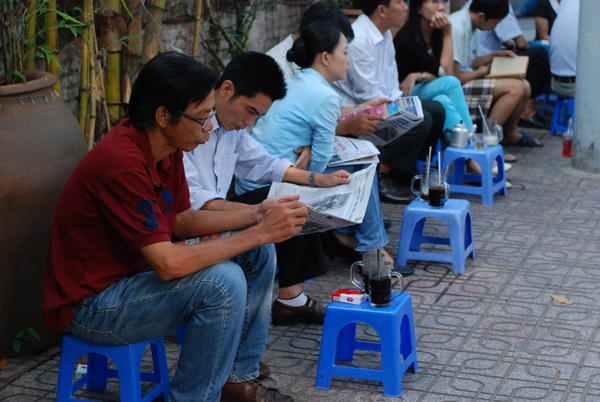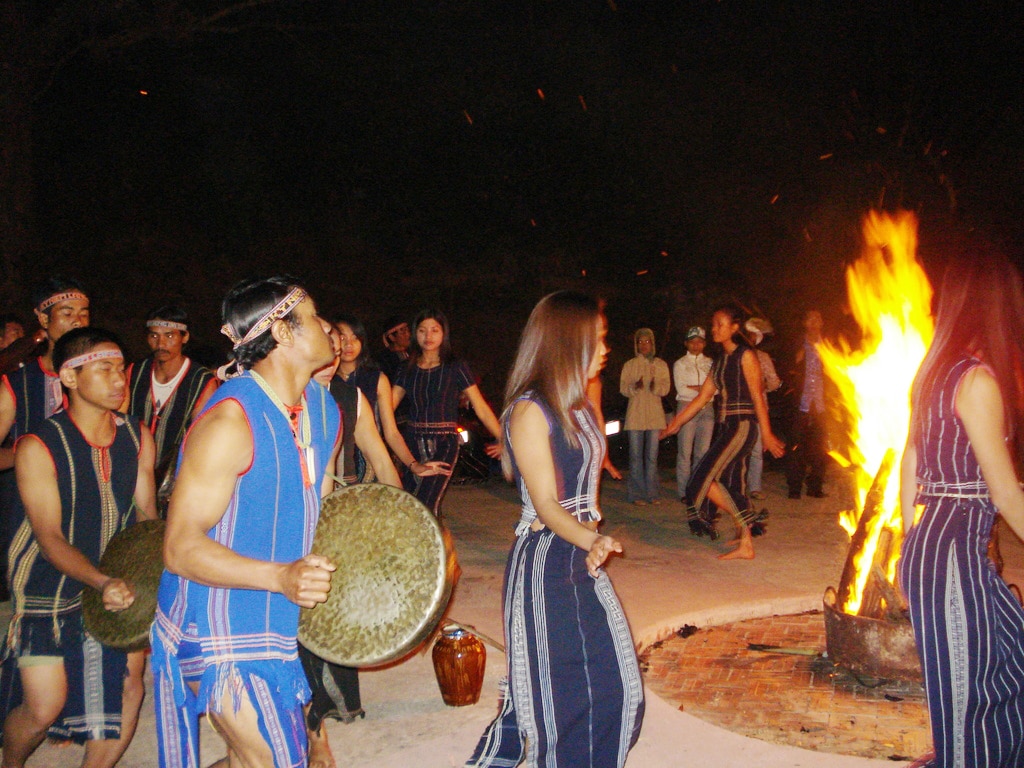Vietnam is now one of the largest coffee producers in the world, ranking second only to Brazil. The country accounts for about 17% of global coffee exports, primarily focusing on Robusta (Coffea canephora) beans. In fact, approximately 95% of Vietnam's coffee production is Robusta, which thrives in the country's specific climatic and soil conditions.
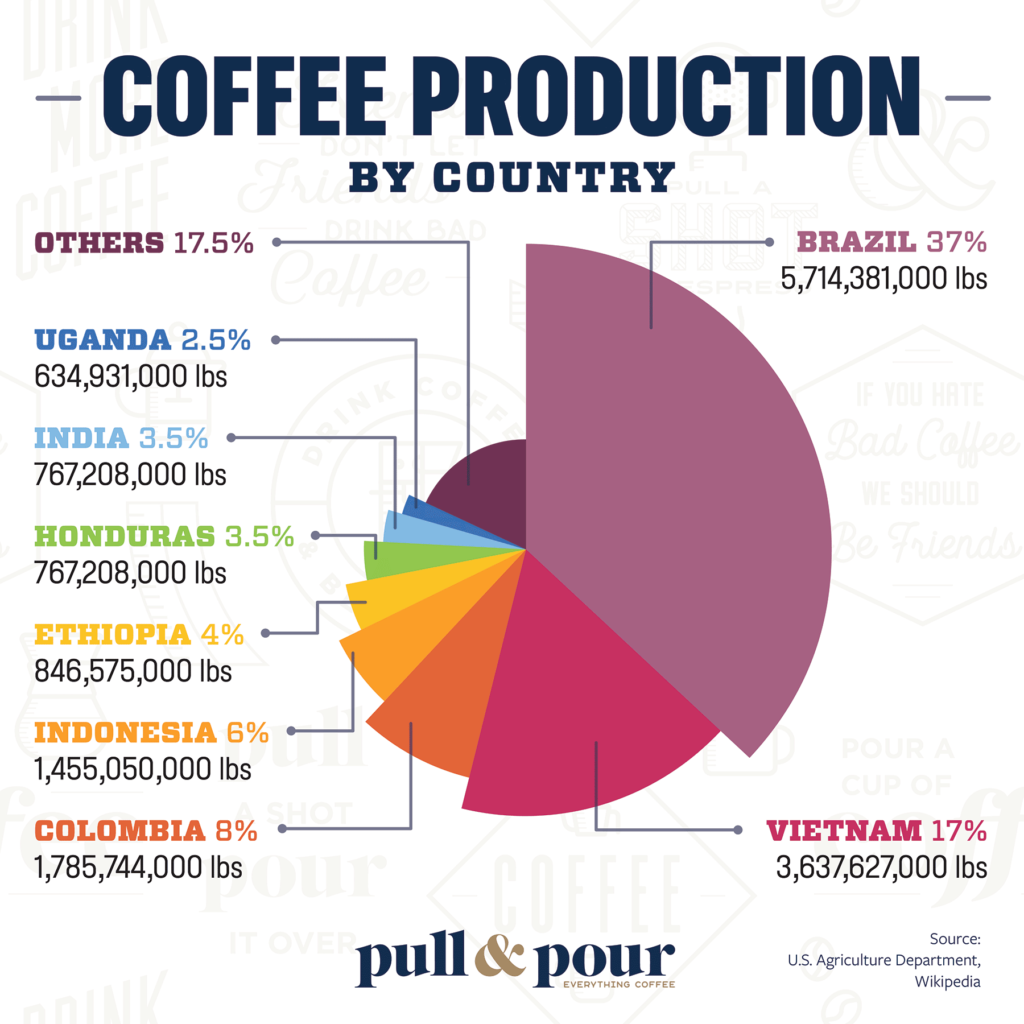
Fine Robusta (Canephora): A Rising Star
Robusta coffee is predominantly grown in the Central Highlands, a region known for its rich volcanic soil, high altitude, and ideal climate for coffee cultivation. The main provinces involved in Robusta production include:
- Dak Lak: The largest coffee-producing province in Vietnam, Dak Lak is known for its rich soil and favorable climate, contributing to the majority of the country’s Robusta output. The area’s unique microclimates allow for variations in flavor profiles among the beans.
- Lam Dong: Famous for its high-quality Robusta and Arabica coffee, Lam Dong has become a significant player in Vietnam’s coffee market. The province’s cooler climate at higher elevations supports the cultivation of specialty-grade beans, attracting attention from both domestic and international markets.
- Gia Lai: Another key province in the Central Highlands, Gia Lai is known for its extensive coffee plantations. The combination of altitude and ideal rainfall patterns contributes to the high quality of Robusta coffee produced in this region.
- Kon Tum: This province, while smaller in production volume compared to Dak Lak and Lam Dong, is increasingly recognized for its efforts to enhance coffee quality through sustainable practices and innovation.
While Vietnam is primarily known for its Robusta production, the country's coffee sector is experiencing a shift toward producing specialty-grade Robusta. Traditionally, Robusta has been associated with lower quality compared to Arabica, but innovations in cultivation, processing, and marketing are changing this perception. Fine Robusta beans offer a distinctive and complex flavor profiles.
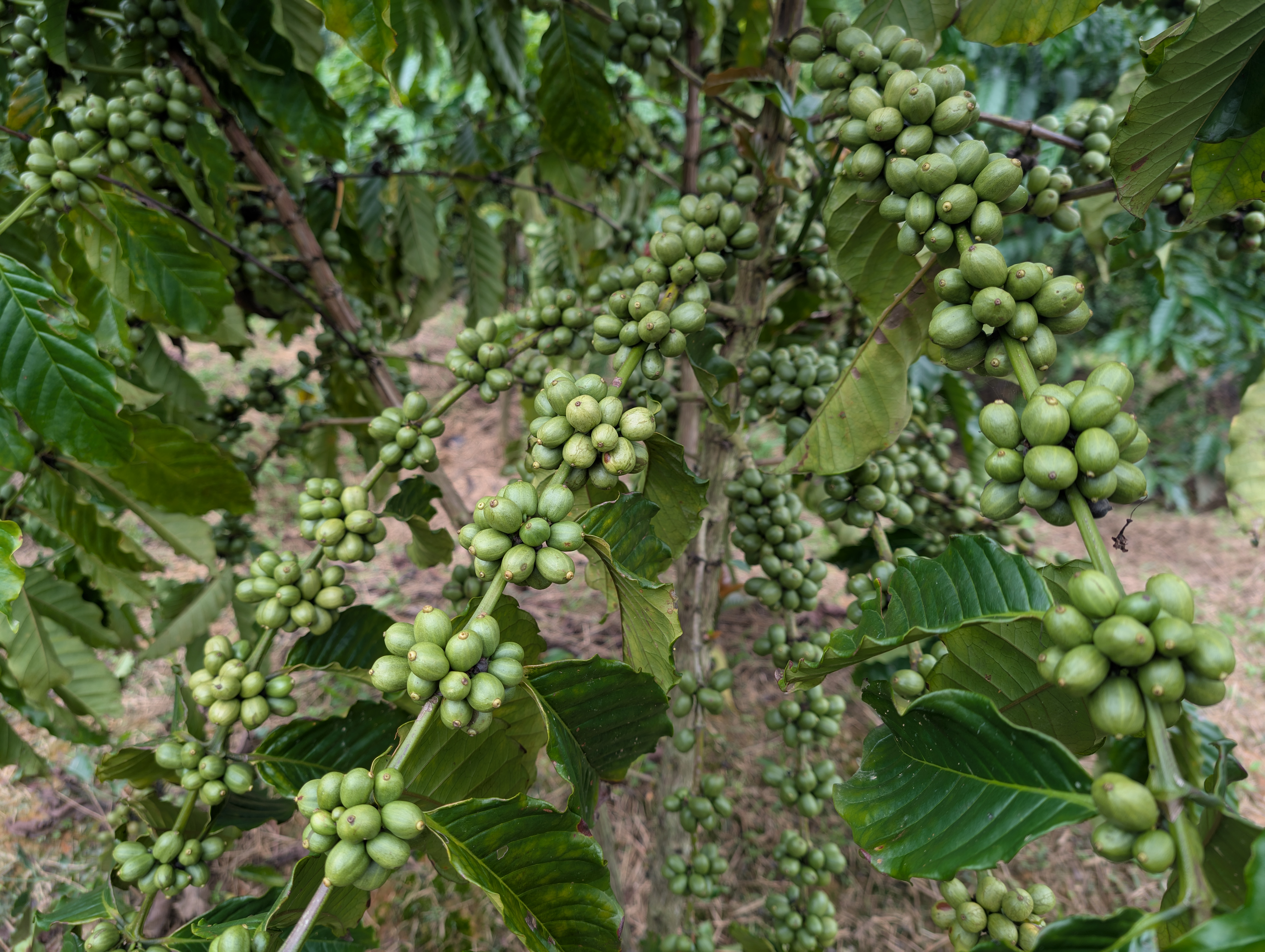
The Transition to Specialty Arabica Coffee Production in Vietnam
Vietnam, long recognized for its Robusta coffee, is increasingly turning its attention to producing specialty Arabica. Driven by the growing global demand for high-quality coffee, particularly among younger farmers, there is a rising interest in innovative and experimental processing methods to bring out the unique flavors of Arabica beans. As a result, several regions across the country are now focused on cultivating and processing specialty Arabica coffee, positioning Vietnam as an emerging competitor in the specialty coffee market.
Regions like Lam Dong and Son La are leading the way in producing Arabica coffee. These areas have the perfect conditions, with rich soil, high altitudes, and good weather. Farmers are focusing on quality instead of quantity and using sustainable farming practices that help both the environment and their communities. By using modern processing techniques, they’re able to bring out the unique flavors of their coffee, attracting attention from coffee lovers around the world. This change not only helps farmers earn better profits but also boosts Vietnam's coffee reputation.
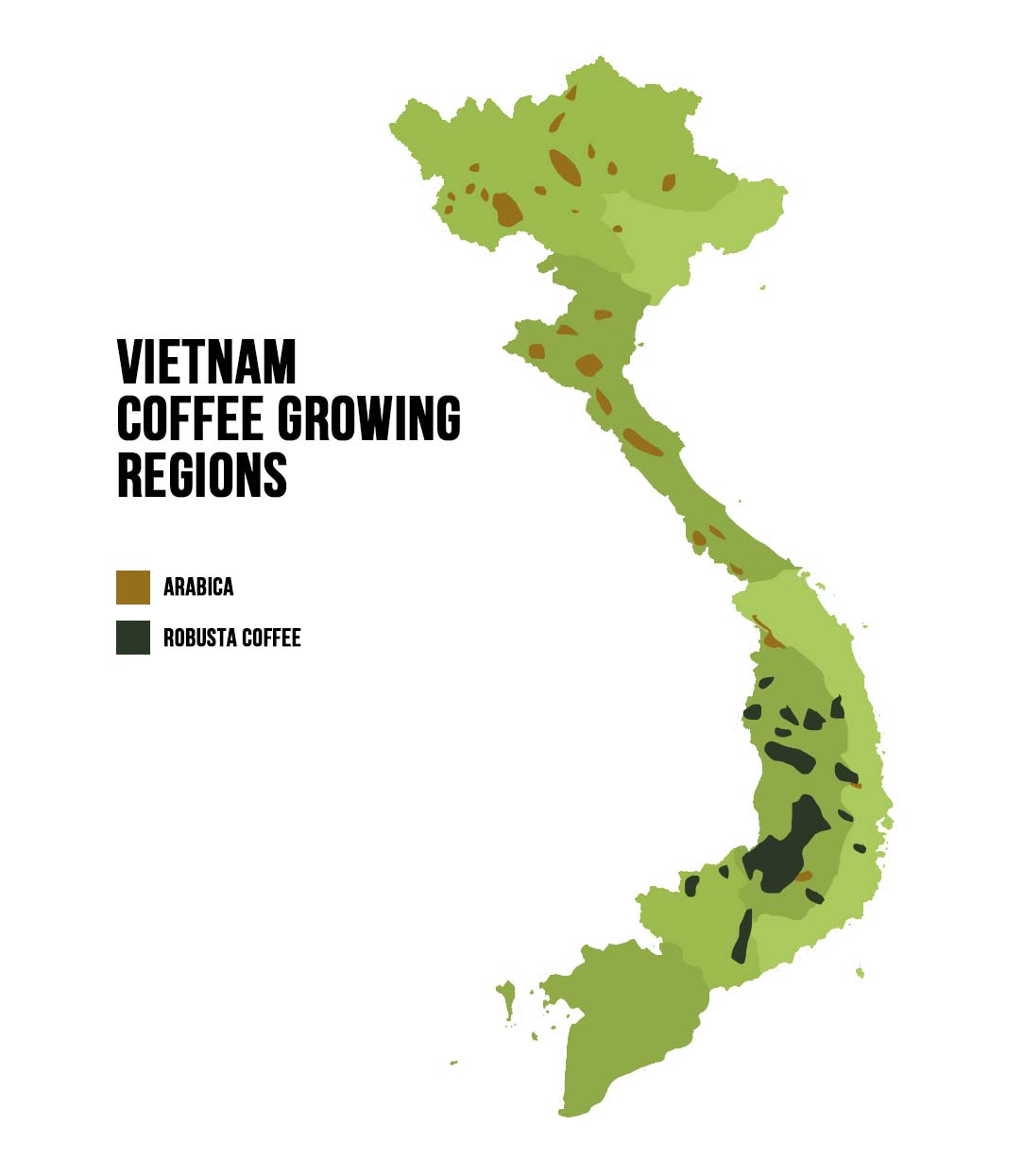
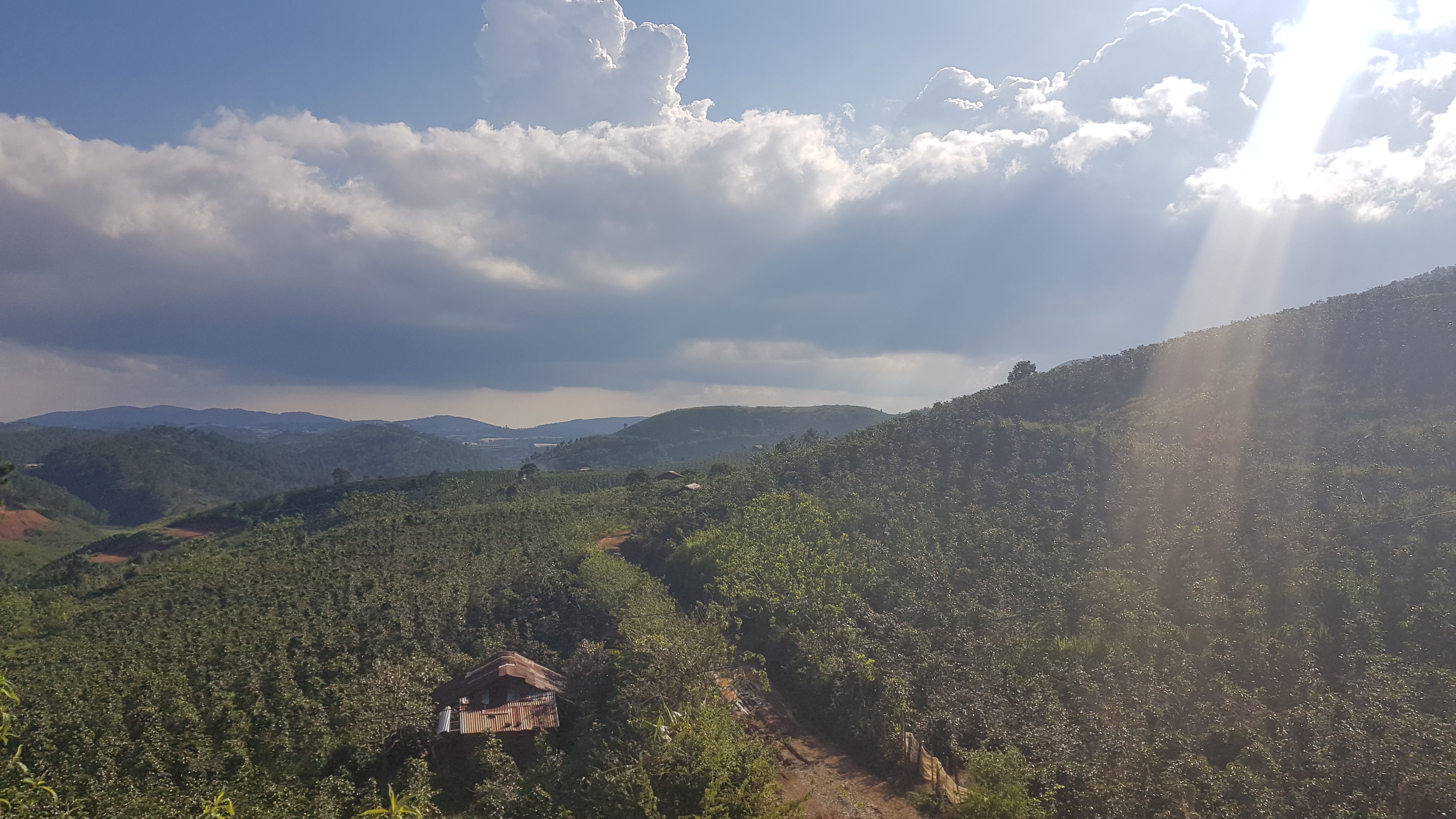
History
Vietnam’s coffee journey began in the mid-19th century when French colonialists introduced coffee cultivation to the country. The French were already producing coffee in their other colonies, and Vietnam, with its fertile lands and tropical climate, seemed an ideal place to expand their coffee-growing efforts. In 1857, the first coffee plants were brought to Vietnam, and plantations were established in the northern regions and later in the Central Highlands, particularly around Lam Dong and Dak Lak. At first, coffee was a luxury product consumed mainly by the French living in Vietnam.
Over time, coffee cultivation spread throughout the country, with the Central Highlands becoming the heart of Vietnam's coffee production. The region's high altitudes, rich volcanic soils, and favorable weather conditions created the perfect environment for coffee cultivation. During this period, Arabica coffee was the main crop grown. However, in the decades that followed, as the demand for cheaper and more resilient varieties increased, the focus gradually shifted to Robusta coffee, which could withstand Vietnam’s variable climate and was less expensive to produce.
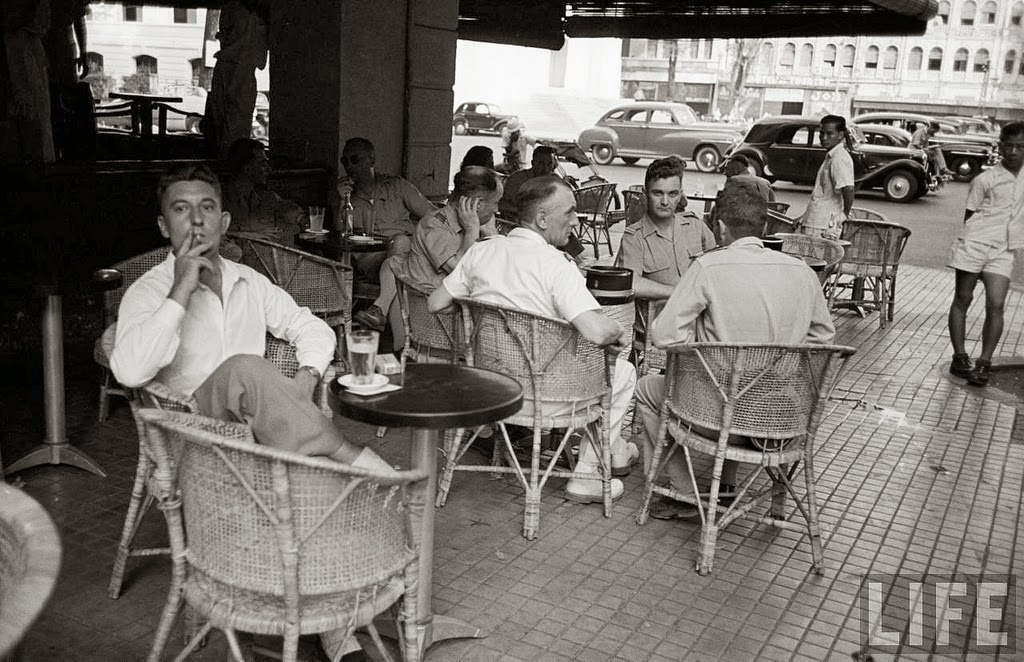
After Vietnam’s independence and especially during the post-war period, the government saw coffee as a key economic driver. In the late 20th century, state-led initiatives encouraged widespread coffee cultivation, particularly Robusta. This period saw Vietnam rapidly expand its coffee output, leading to its rise as one of the world’s largest coffee producers by the 1990s.
When the French introduced coffee to Vietnam in the 19th century, dairy was not commonly available in the country, and fresh milk was difficult to source, especially in rural areas. Condensed milk, which was easier to store and transport due to its long shelf life, became a convenient alternative.
During the war years and the post-war period, the availability of fresh milk remained limited, and condensed milk continued to be the go-to option for many Vietnamese households. This gave rise to the iconic "cà phê sữa đá" (iced coffee with sweetened condensed milk).
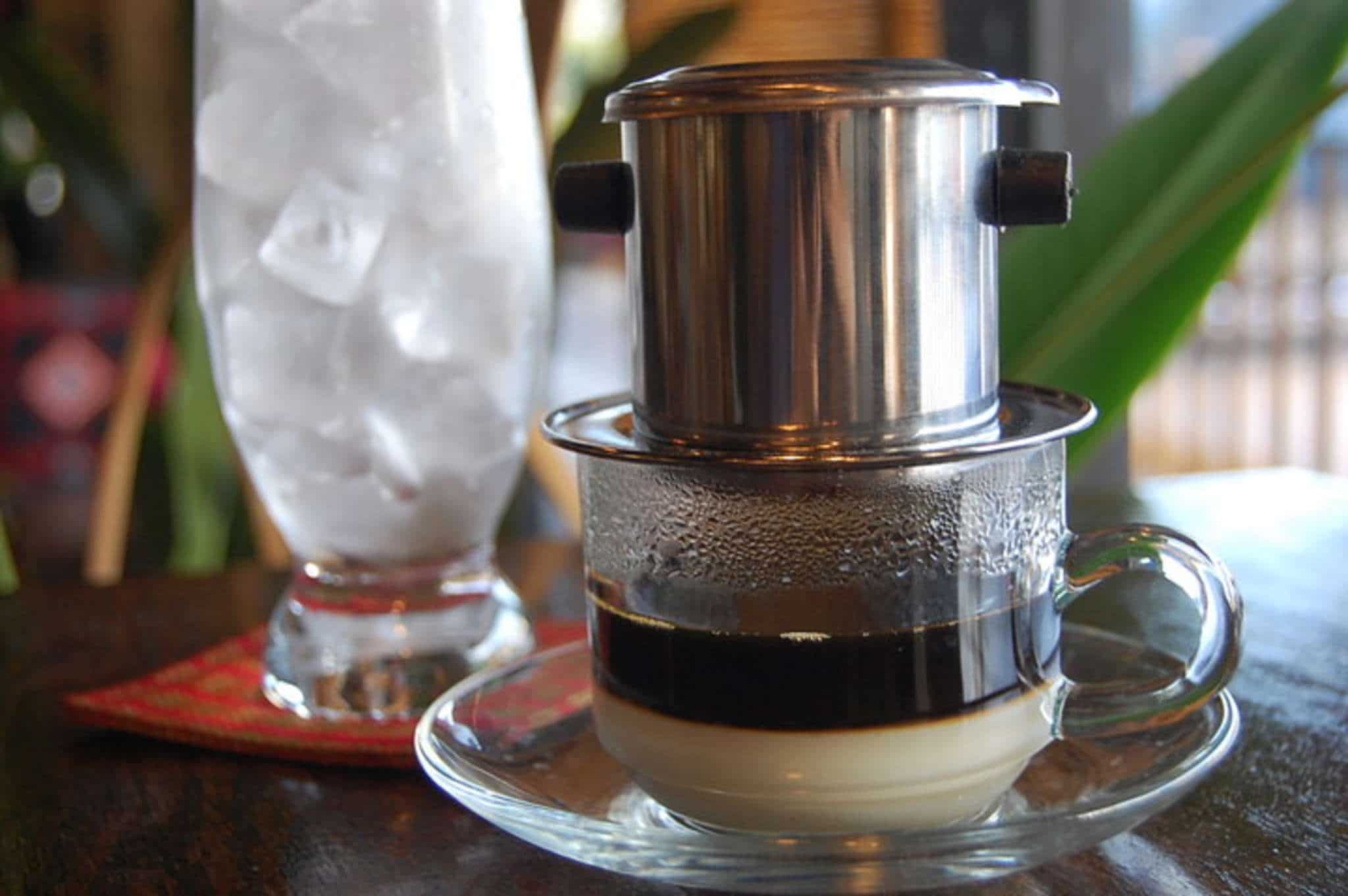
As fine Robusta rises, specialty Arabica gains increasing recognition worldwide, showcasing the dynamic growth of Vietnam’s coffee industry. It will be interesting to see how tradition and innovation continue to develop in the years ahead.
